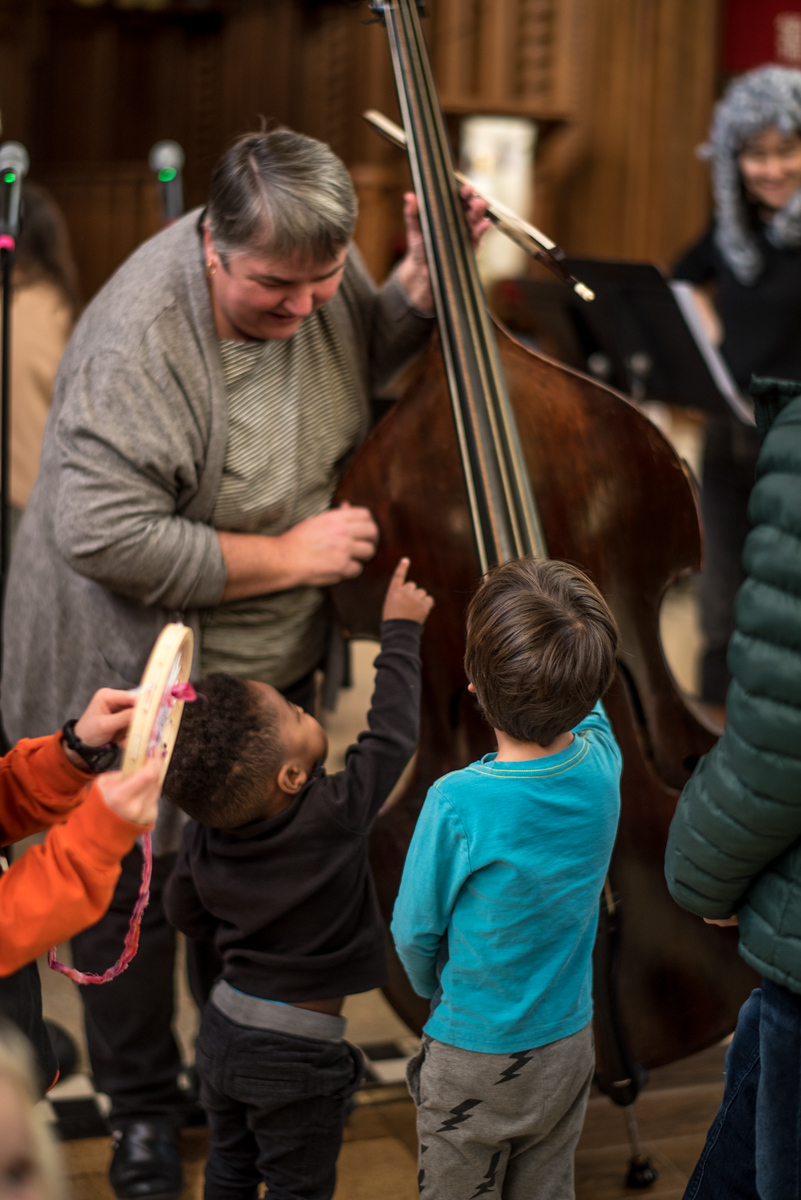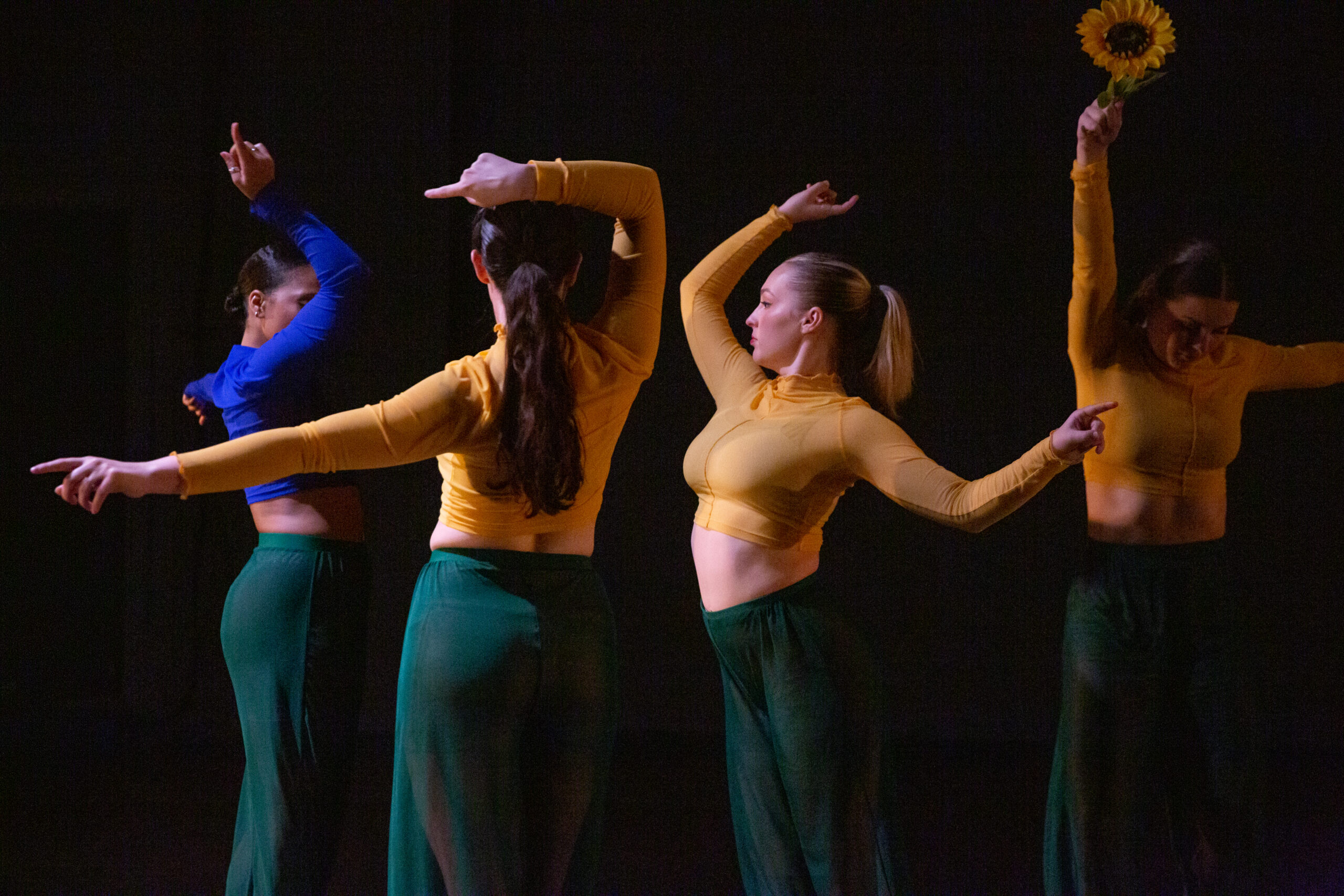Each year, the National Assembly of State Arts Agencies (NASAA) shares data and analysis on public funding for the arts by state.
This data tracks how much each state arts agency receives from its legislature to support arts, culture, and creativity in its communities. Across America state arts agencies provide more than 23,000 grant awards to organizations, schools and artists each year, ensuring that communities receive cultural, civic, economic, and educational benefits of the arts.
Read on for more info about public funding both nationally and in the Midwest.
Pam Breaux, President and CEO of NASAA“Investments in state arts agencies are a proven strategy to achieve high-priority policy goals such as economic recovery, community well-being and infrastructure development”

Public Funding for the Arts: It’s Both Down and Up
The 2024 data tells an interesting story about public funding for the arts at the state level.
Nationally, legislative appropriations to state arts agencies totaled $741 million in FY2024, a 24% decrease from a $971 million appropriation in FY2023.
The $741 million translates to about $2.19 in public funding for the arts per capita across the country – a $0.69 decrease from the previous year.
While any decline in funding is disappointing, this one is not completely unexpected – New York and California represented 60% of the aggregate decrease as their 2023 appropriations included large, one-time investments in COVID relief.
When those outliers are set aside, momentarily, we see a slightly better outlook for public investment in the arts.
Nationally, in 2024, 39 states reported increases in total legislative appropriations, with a median increase of 12.7%. Five states reported no changes.
According to the National Association of State Budget Officers, revenue forecasts for most state budgets are trending up even as pandemic funding slows. Forty-six states exceeded general revenue forecasts in FY2023 and only 3 fell below projections.
NASAA’s research team offers this analysis, “Combined, these trends indicate continued strength in state economies and contributions to state arts programs. However, with the combined effects of ongoing inflationary pressures and discontinued pandemic aid, state budgets remain vulnerable.”
A Closer Look at the Midwest
In total, the nine states that compose Arts Midwest’s service area totaled $111 million in total legislative appropriations (excluding line items, one-time special funds for specific projects). This is an increase of 18% over 2023 appropriations.
On average, 2024 per capita spending on the arts is up $0.14 across the region.
The following chart offers a quick glance at how much each state is spending per capita, and where the nine Midwest states rank in per capita spending across the country.
| State | Per Capita Spending on State Arts Agency | National Rank |
|---|---|---|
| Illinois | $0.95 | 27 |
| Indiana | $0.76 | 34 |
| Iowa | $0.34 | 48 |
| Michigan | $0.88 | 29 |
| Minnesota | $9.62 | 1 |
| North Dakota | $1.65 | 14 |
| Ohio | $2.16 | 10 |
| South Dakota | $1.20 | 22 |
| Wisconsin | $0.18 | 49 |
A slightly closer review of the data shows that Minnesota continues to hold first place in the nation for per capita spending on state arts agencies. This robust support for the Minnesota State Arts Board is tied to the strength of Minnesota’s Legacy Amendment, a 25-year investment in clean water, land, and legacy, which includes preservation of arts and cultural heritage.
It also reveals harder truths about per capita spending on state arts agencies in Wisconsin and Iowa, which rank 49th and 48th in the nation.
Why These Numbers Matter

Appropriations to state arts agencies nationally comprise 0.052% (less than one-tenth of one percent) of total state general fund expenditures in FY2024. However, they are a critical source of funding for artists and arts organizations in our communities.
Pam Breaux, President and CEO of NASAA reflected on the value of investing in state arts agencies, “Investments in state arts agencies are a proven strategy to achieve high-priority policy goals such as economic recovery, community well-being and infrastructure development,” said Breaux. “Through prudent state investments, state arts agencies play an essential role as implementors of state programs that directly benefit communities.”
As a US Regional Arts Organization that works closely with the nine Midwest state arts agencies – we couldn’t agree more.
State arts agencies are a critical part of our arts funding ecosystem. They make resources available to the arts at local levels, offer important investments in arts education, develop and lead programs that foster greater cultural understanding, support the creation of new work, and work to enrich urban and rural communities through the region.
We’re honored to work alongside them – and to think through new ways that our shared investments in artists, arts organizations, and communities, are working to amplify creativity across the Midwest.
Read the Full Report
Dig into the latest data from NASAA, check out their interactive dashboards, and learn more about what public funding for the arts looks like in your state.
Read the Report